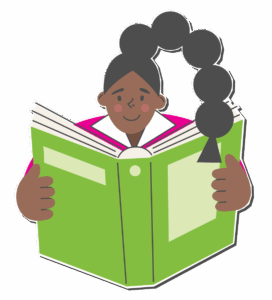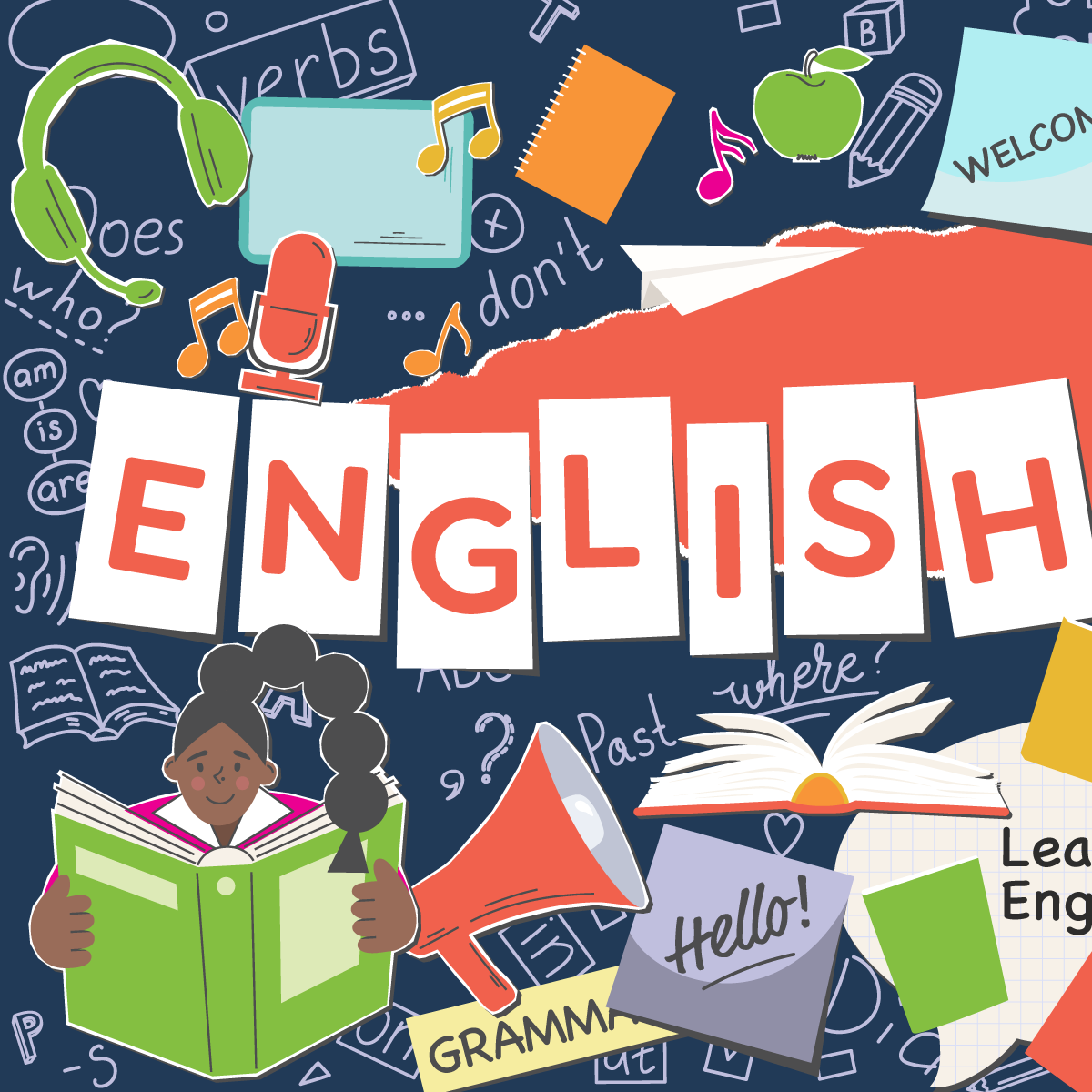The “Reading Wars” have long divided educators, creating unnecessary tensions and leaving teachers feeling pressured to choose sides. But what if the key to resolving these debates isn’t choosing one method over another, but rather embracing a comprehensive, evidence-based approach? Particularly for multilingual learners—also known as English learners or emergent bilinguals—this integrated strategy isn’t just ideal; it’s essential.
As the former principal at Berry Elementary in SoCal, I experienced firsthand the profound impact that thoughtful, research-informed literacy practices can have. Together with my incredible staff, we dramatically increased our multilingual learners’ reading proficiency from 15% to 55% in just three years. Our journey was not about choosing sides in the “Reading Wars.” Instead, it centered on integrating the science of reading with culturally responsive practices, formative language assessments, differentiated phonics instruction, systematic multisensory writing instruction using Step Up to Writing, and student-driven goal setting. We celebrated progress over proficiency through goal-setting assemblies, fostering motivation and acknowledging incremental growth.

Understanding and Honoring Multilingual Learners
Multilingual learners are the fastest-growing student population in U.S. schools, with over 5.6 million enrolled during the 2021-2022 academic year—nearly 10% of all students (U.S. Department of Education, 2022). These learners enter schools with diverse backgrounds, experiences, and language proficiencies. The term “emergent bilingual” embodies an asset-based approach that highlights the strength in maintaining and developing literacy in both their home language and English, significantly enhancing academic achievement.
At Berry Elementary, we quickly learned that recognizing our students’ diverse linguistic strengths and cultural backgrounds was fundamental to their success. By strategically supporting students’ literacy development in their first language and valuing their home languages and experiences, we created a nurturing environment where every learner felt seen, respected, and capable.
Demystifying the Science of Reading (SOR)
I recall attending conferences where misconceptions about the Science of Reading were widespread, sometimes leading to confusion and resistance among educators. Contrary to these misunderstandings, SOR isn’t simply phonics instruction repeated endlessly. Rather, it is a comprehensive body of research that emphasizes the necessity of both accurate word recognition and robust language comprehension. For multilingual learners, this dual emphasis is critical.
Wise educators understand that foundational skills—like phonemic awareness and phonics—must be explicitly taught. Equally important are rich vocabulary experiences, extensive opportunities for oral language development, and scaffolded instruction that supports language comprehension.
Proven Strategies for Multilingual Learners
The success at Berry Elementary hinged on integrating evidence-based literacy strategies specifically tailored for multilingual learners, such as:
- Explicit, Systematic Phonics and Phonemic Awareness Instruction: Differentiated, systematic support in phonics ensured that all students mastered foundational reading skills.
- Goal Setting and Strategic Intervention: Students set personalized literacy goals anchored in language acquisition, and ongoing strategic interventions ensured continuous progress.
- Targeted Sight Word Instruction: Individualized sight word practice supported fluent reading and comprehension.
- Systematic, Multisensory Writing Instruction: We used Step Up to Writing, a multisensory writing program that provided explicit, systematic instruction, enhancing students’ writing and literacy skills simultaneously. Writing Revolution is also a good choice since it works in a progression.
- Meaningful Vocabulary Development: Explicitly pre-teaching vocabulary and engaging students in dynamic, context-rich vocabulary activities.
- Structured Oral Language Opportunities: Our team promoted rich, structured dialogue among students to deepen comprehension and language fluency. Using stems and frames scaffold language for students.
- Cross-Linguistic Exploration: Intentionally drawing connections between students’ home languages and English to enhance their literacy skills and honor their identities. Translanguaging involves the intentional use of multiple languages as a resource for learning, allowing students to draw from their full linguistic repertoire.
- Formative Language Assessment for MLLs: Regular formative language assessment informs responsive English language development (ELD) tailored to individual student needs. For example, using WIDA’s “Can Do Descriptors,” one can design activities aligned with students’ specific language proficiency levels, ensuring targeted and meaningful language instruction.
- Differentiated Designated Language Instruction: Each student received 30 minutes of daily language instruction at their precise point of need, informed by multiple language assessments throughout the year.
Research confirms that literacy skills developed in students’ first languages positively transfer to their second language. Leveraging this knowledge, we validated our students’ linguistic repertoires, enabling them to thrive academically and personally.
Addressing Misconceptions with Clarity
One key insight was clarifying the role of context clues. Context should never be used as a guessing game to decode unknown words; rather, context helps confirm and enrich meaning after accurate decoding. Experts like Linnea Ehri (2014) emphasize that true reading mastery requires linking the pronunciation, meaning, and spelling of words—a crucial component for multilingual learners who must build decoding and comprehension simultaneously.
Checking Our Impact and Adjusting Course
At Berry Elementary, our success was driven by a continuous commitment to checking our impact and making mid-course corrections. We regularly analyzed student data, conducted formative language assessments multiple times a year, sought feedback from educators and students, and adapted our instructional strategies accordingly. This cycle of reflection and adjustment enabled us to remain responsive, ensuring that every decision directly improved student learning outcomes.
Your Role in the Conversation
As a school leader or educator, you hold the power to influence transformative change. The journey at Berry Elementary taught us that moving beyond polarized debates to embrace an integrated, student-centered approach makes extraordinary achievement possible.
Join the ongoing conversation. Engage in professional communities dedicated to evidence-based, culturally responsive literacy practices. Together, we can bridge divides, celebrate multilingualism as a profound asset, and ensure that every student becomes a confident, capable reader—not by picking sides, but by building lasting bridges.
Join the Multilingual Learner Movement—empowering educators to honor linguistic diversity and drive equity through culturally responsive instructional practices.
References
- Arredondo et al. (2018). Multilingualism and cognitive development. Journal of Multilingual Education.
- Cummins, J. (2022). Embracing consensus on literacy instruction. Literacy Today.
- Ehri, L. C. (2014). Orthographic mapping in the acquisition of sight word reading, spelling memory, and vocabulary learning. Scientific Studies of Reading, 18(1), 5–21. https://doi.org/10.1080/10888438.2013.819356
- Goldenberg et al. (2022). Narrowing Down to Find Common Ground: Shared Agreements for Effective Literacy Instruction in California. Pivot Learning.
- Heller, R. (2022). Taking stock of the science of reading: A conversation with Amanda Goodwin. Phi Delta Kappan, 103(8), 32-36.
- Gonzalez, V., & Huynh, T. (2024). How the Science of Reading Applies to Multilingual Learners of English: Careful Consideration. TESOL International Association.
- Schwartz, S. (2022, April 21). The ‘Science of Reading’ and English-Language Learners: What the Research Says. Education Week. Retrieved from https://www.edweek.org
- U.S. Department of Education. (2022). English Learners in Public Schools: Demographic Data.




